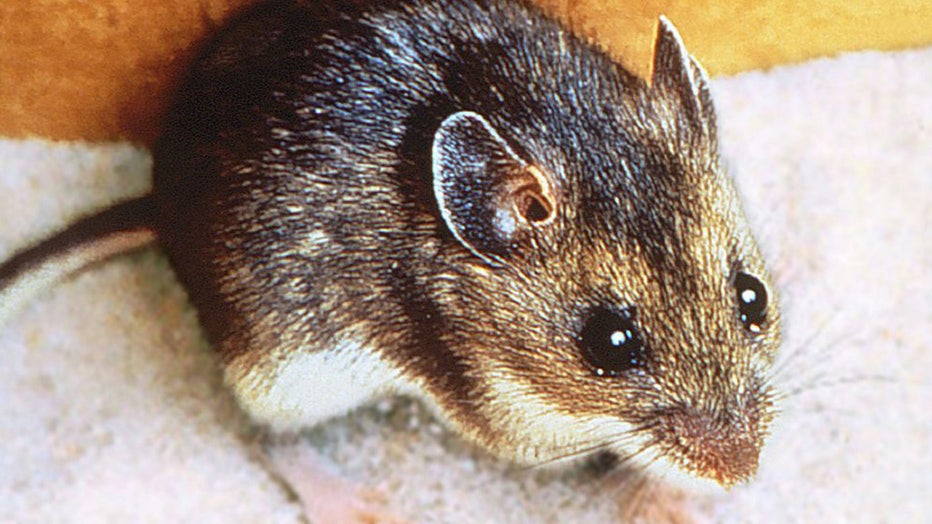What is hantavirus pulmonary syndrome?

Watch full official update on Gene Hackman death
Santa Fe area officials provided detailed updates on the deaths of Gene Hackman and his wife, who were found dead in their Santa Fe ranch home last month.
Officials on Friday announced the cause of death for actor Gene Hackman’s wife, Betsy Arakawa, was complications caused by hantavirus pulmonary syndrome.
Hantavirus pulmonary syndrome is a rare infectious disease that can rapidly progress into severe symptoms such as heart and lung problems, according to the Mayo Clinic.
Rodents carry the disease

The most common carrier of hantavirus in North America is the deer mouse.
Dig deeper:
The disease does transfer from person to person.
There has only been one instance when hantavirus was passed between people, and it involved a certain strain of the virus found in South America called the Andes virus, the Mayo Clinic website states.
What are the symptoms?
There are two distinct stages of hantavirus.
Stage 1 symptoms:
- Fever and chills
- Muscle aches or pain
- Headache
Other people can also experience:
- Nausea
- Stomach pain
- Vomiting
- Diarrhea
If the disease progresses without treatment, it can lead to more severe symptoms, which include:
- Cough
- Difficulty breathing
- Low blood pressure
- Irregular heart rate
The time of infection to the start of symptoms of the disease is about two to three weeks, according to the Mayo Clinic.

Hantavirus mortality rate
The mortality rate of hantavirus is between 38% to 50%, Heather Jarrell, chief medical examiner for New Mexico, said during a news conference on Friday.
Hantavirus in New Mexico
What they're saying:
"Over the past five years, New Mexico has confirmed between one and seven hantavirus infections in humans each year. Through the end of 2024, we have identified 136 infections over the past 50 years in New Mexico residents, five of these in Santa Fe County. This is a serious disease. Forty-two percent of these infections here in New Mexico were fatal," health officials added.
Hackman family possibly exposed
State health officials on Friday said that they went to the Hackman residence to conduct a risk assessment to see where Arakawa may have been exposed to hantavirus.
What they're saying:
"We assessed the risk of exposure in the primary residence as low, similar to other well-maintained houses in New Mexico. We did identify signs of rodent entry in other structures on the property, and provided information and resources about reducing the risk of hantavirus transmission related to those areas," they said.
The Source: Information for this article was gathered from a news conference held by New Mexico state health officials on March 7, 2025 and the Mayor Clinic. This story was reported from Los Angeles.

